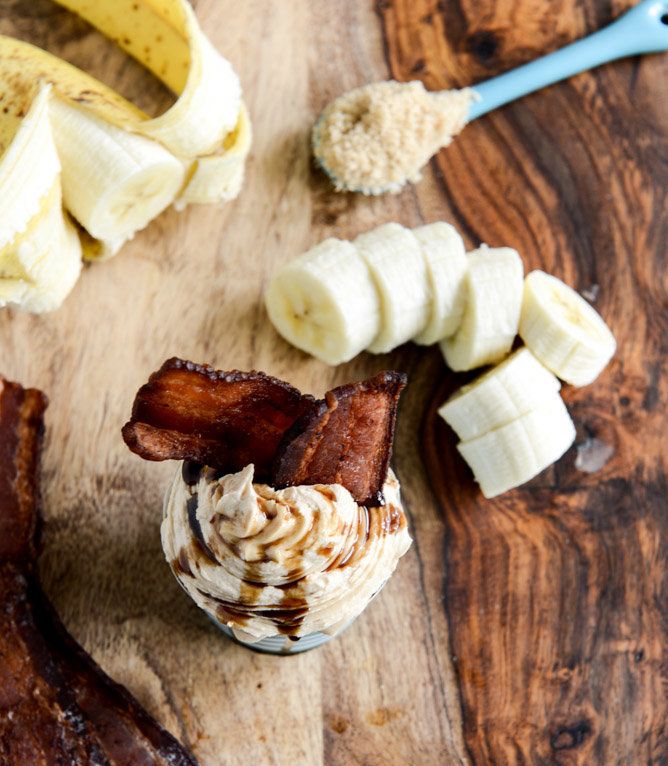
Granulated, raw, powdered, brown: can you distinguish the differences among all these types of sugars?
It's no secret that we at HuffPost Taste have a serious love affair with sugar. We'll eat dessert for breakfast, lunch and dinner if you let us. (Carrot cake counts as breakfast, guys. You know it's true.) As self-proclaimed sugar freaks, we feel it's our duty to understand the different types of sugar and clarify them for all of you. This way you'll never wonder when to use a certain kind of sugar and question whether you can substitute something. In other words, your desserts will be perfect, which means life will be worth living.
To understand the basic distinctions between the different types of sugar, you must first understand how sugar is made. The sugar we use as sweetener comes from juice extracted from plants that naturally have a high amount of sugar: sugar beets and sugarcane. The juice is purified and filtered, then boiled down and crystallized. A byproduct of the crystallization process is the liquid sugar we call molasses. To separate the crystals from the liquid, the sugar is put in a centrifuge. The result is basically raw sugar (with a light brown tint), which is further refined by clarification using chemicals to bleach the color. Now you have white refined sugar, or the granulated sugar you buy at the grocery store.
Regular granulated white sugar isn't the only type of sugar that's made in this process. First comes the byproduct of molasses, which is great for baking. After that, other sugars in varying shades from light brown to very dark brown are made before you get highly processed white sugar. Here's your guide to seven types of sugar that you should know about, if you claim to be a serious sweet tooth like us:
(Note: We're only focusing on types of solid sugar here -- no liquids, like molasses. See here if you're curious about what molasses really is.)
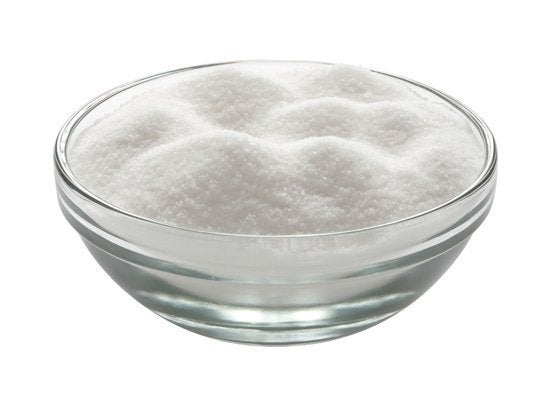
What it's best for: Baking and sweetening beverages. This is your all-purpose sugar.
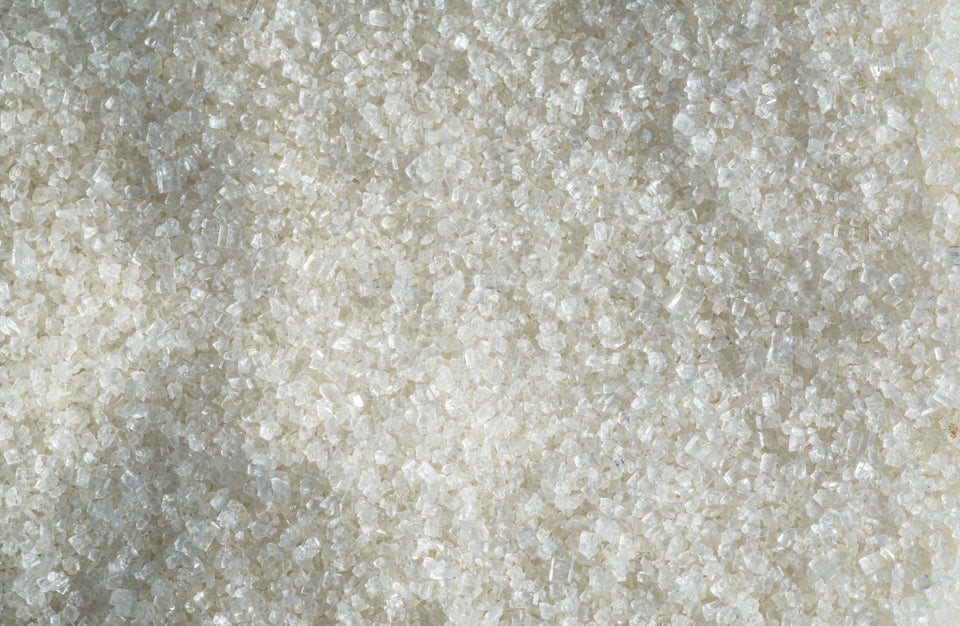
What it's best for: Use coarse sugar for sprinkling on baked goods before they go in the oven or for decorating them when they come out.
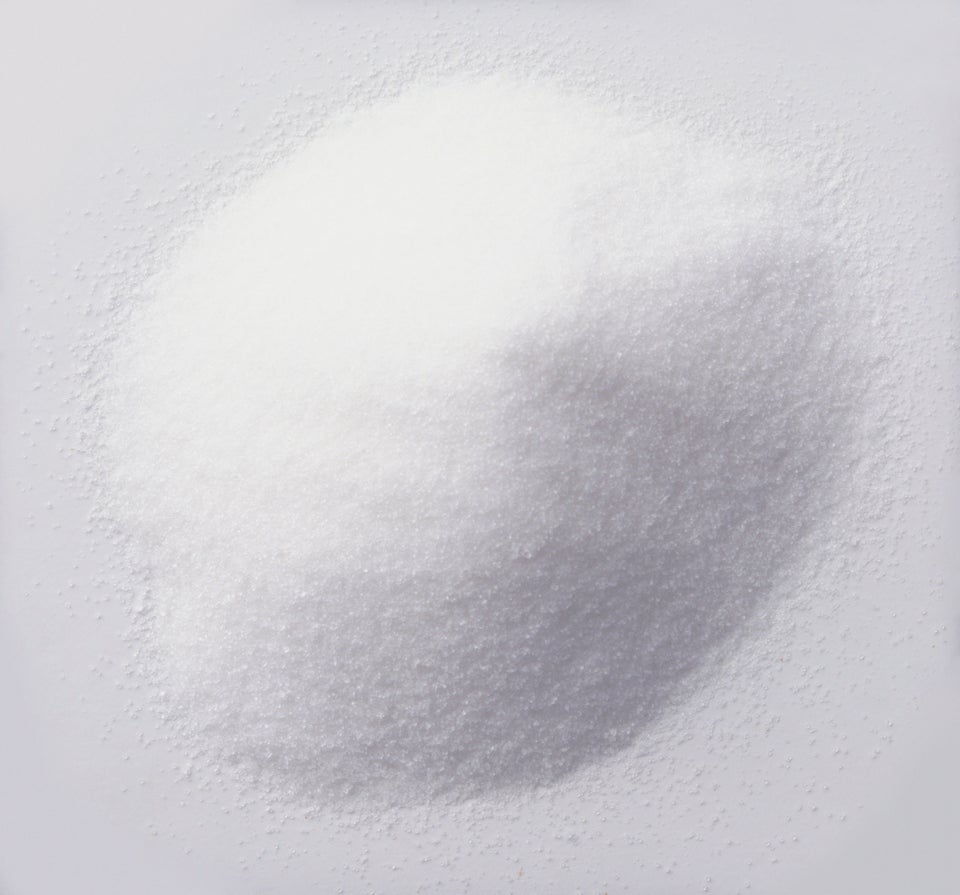
What it's best for: Superfine sugar is ideal for making simple syrup to sweeten cocktails or other beverages. It's also great for meringue or any other foods that require rapid dissolving.
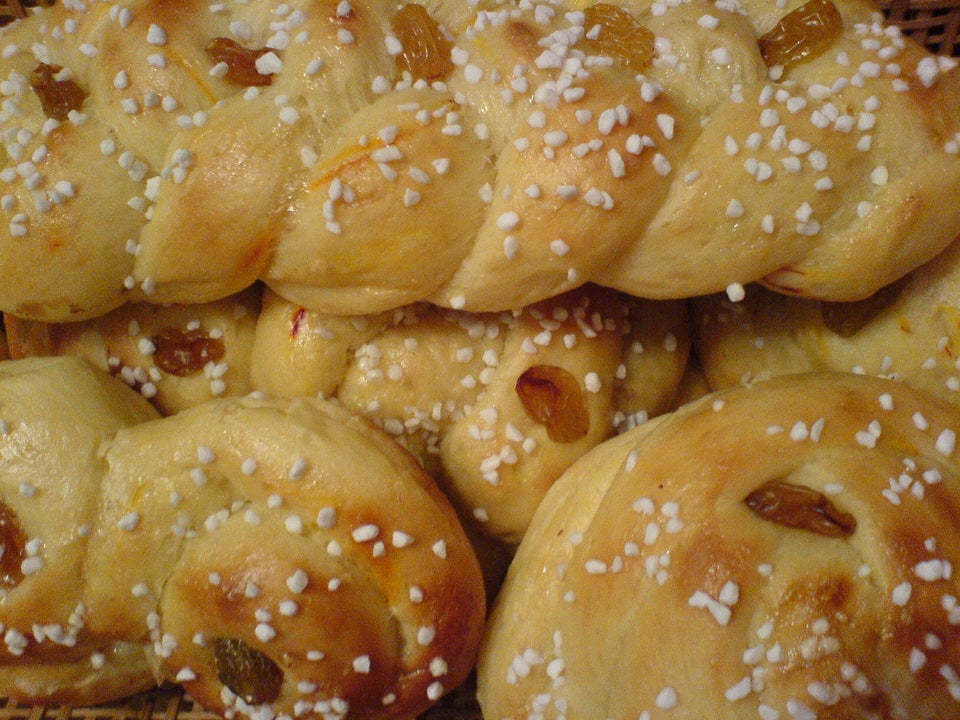
What it's best for: It's used for specific recipes, like Liege waffles, in which the sugar is folded into the dough, and these beautiful cinnamon rolls.

What it's best for: Baking. Chocolate chip cookies are best made with brown sugar, because the moisture content helps them spread and get crispy. But you wouldn't necessarily want to use brown sugar in a recipe that would get weighed down by it, like a cake. Even though light brown and dark brown are different, they can basically be used interchangeably.
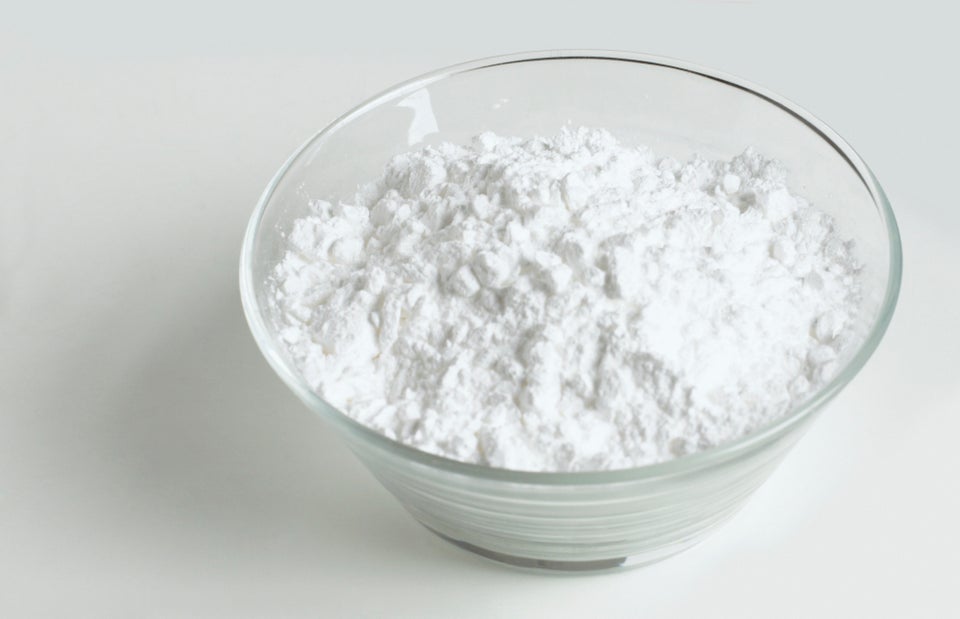
What it's best for: Baking and desserts. Use it for frosting or icing and sprinkle baked goods with it. Powdered sugar is also great for whipped cream, because it doesn't weigh it down.
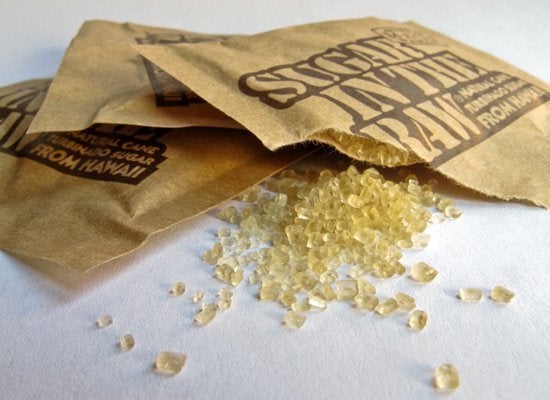
There are many types of raw sugar.Demerara consists of large crystals that haven't had all the molasses removed. It's popular in England. Muscovado or Barbados sugar is also popular in England, and is dark brown in color, has a high moisture content and a strong molasses flavor. Turbinado is more common in U.S. It's been only partially processed, and some molasses has remained in crystal form. It has a milder flavor than Muscovado.
What it's best for: Sweetening beverages (though the sugar takes longer to dissolve). Raw sugar is not recommended for all baking, because the crystals don't dissolve, but depending on the recipe, it could be just right. In these awesome chocolate chip cookies, for example, the turbinado sugar imparts a great, crunchy texture. Like with sanding sugar, you can also use raw sugar to sprinkle baked goods before placing them in the oven.
